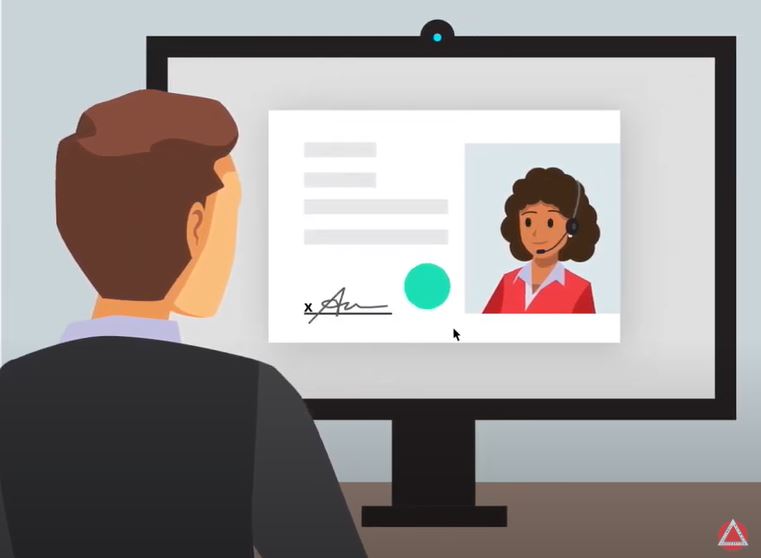Amidst the hustle and bustle of today’s modern society, the need for trust and authenticity in our transactions cannot be overstated. At the forefront of ensuring this trust is the practice of notarization. But what does it mean when a document is notarized, and why is it so essential?
Understanding Notarization
Notarization is the official fraud-deterrent process that assures the parties involved in a transaction that a document is authentic and can be trusted. It is an assurance by a duly appointed and impartial Notary Public that a document’s signature is legitimate.
The Process of Notarization
When you get a document notarized, you are engaging in a two-part process:
- Verification: The notary verifies the identity of the person signing the document. Identification is typically established using government-issued identification cards.
- Confirmation: The notary ensures that the signatory is aware of the contents of the document and is signing it out of their own free will, without any external coercion.
Once both steps are fulfilled, the notary then places their official seal or stamp on the document, effectively notarizing it.
Why Notarized Documents Matter
- Legal Validity: Many legal documents, such as wills, real estate deeds, and certain contracts, often need to be notarized to be legally binding.
- Trustworthiness: A notarized document carries an assurance that the signature and details are genuine, thereby making the document more trustworthy to third parties.
- Deterrence of Fraud: The very act of notarizing discourages fraudulent activities. Since the notary confirms identity and willingness, it becomes challenging for individuals to dispute the authenticity of the signature later on.
- Cross-border Transactions: In our globalized world, many transactions happen across international borders. Notarized documents provide a layer of trust and acceptance in foreign jurisdictions.
In Conclusion
While it might seem like an extra step in the process of finalizing a document, notarization serves a pivotal role in maintaining the integrity and authenticity of our most crucial transactions. It bridges the trust gap, ensuring that the parties involved in a transaction are who they say they are and that they genuinely agree to the document’s terms.

